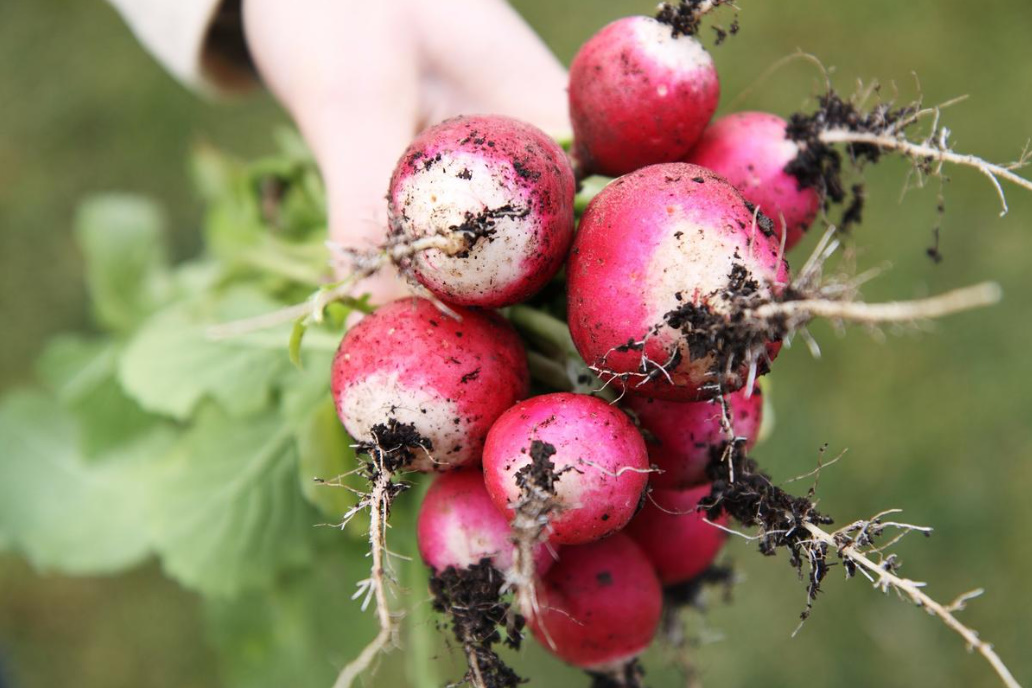
The European radish is a close relative of the radish with a small beautifully colored and rapidly growing root crop. According to legend, it was taken by the traveler Marco Polo from China to Venice, and from there it has already spread throughout Europe.
The nutritional and healing properties of this root crop are highly appreciated. In addition to the presence of a mass of vitamins, mineral salts and trace elements, it removes toxins from the body and perfectly breaks down fats, which is important for overweight people. The French say: “Who chews radishes in the morning, he lives fully for many years.”
Features of culture
Radish is an annual root plant of the Brassicaceae family. It belongs to the most precocious vegetables and is especially valuable in the diet in early spring, early summer and late autumn. But his life is short — it’s not daikon with their large and rather hardy root crops.
The optimal germination temperature of radish seeds is +18 … +20 degrees, shoots appear together in 4-5 days after sowing. The soil (preferably sandy loam slightly acidic) should be loose, otherwise the radish will crack. Root crops begin to form at a low temperature (+12 … + 14 degrees), and are filled with juice at +18 … + 20.
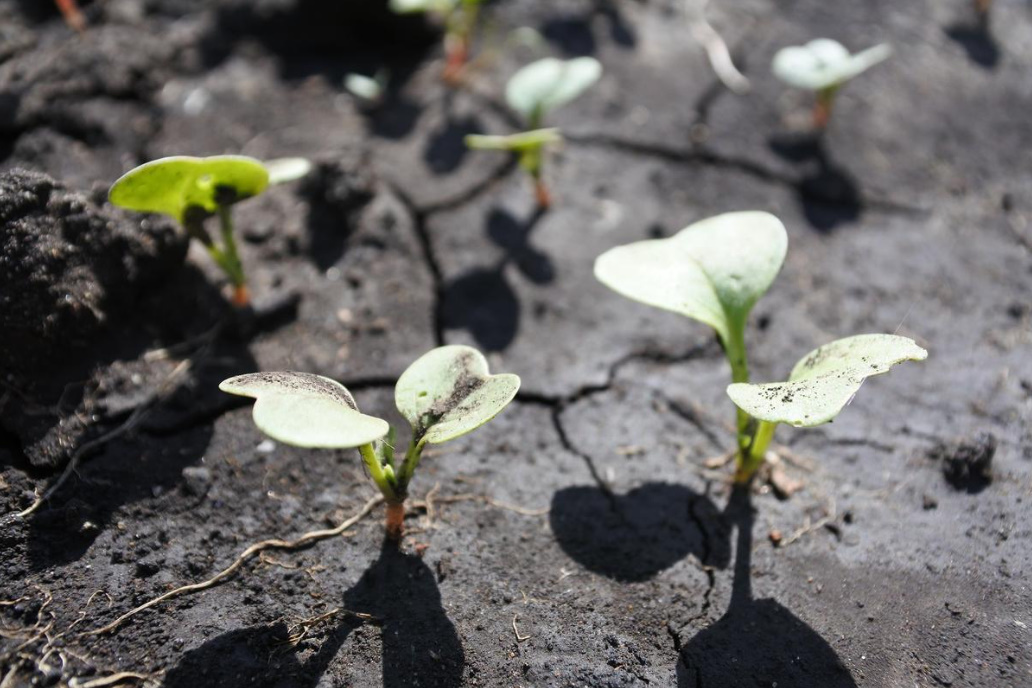
Gardeners know that radish seedlings sown under winter or very early in spring should be covered with a film from frost below -3…-4 degrees, and positive temperatures with a long light day in May-June accelerate the laying of peduncles without the formation of root crops. Premature flowering is also promoted by low soil and air humidity at elevated temperatures, thickened sowing and shaded location on the site.
Watering is carried out in small amounts 2-3 times a week to reduce the temperature of the soil and the surface layer of air. In the absence or lack of moisture, the pulp becomes coarse, becomes porous. Radish crops should also be thinned in a timely manner so that its leaves can take a more horizontal position.
Four terms of sowing radishes
The first sowing period is traditional — under winter or early spring. The second possible deadline is at the end of May or early June. And here, without special techniques of agricultural technology, you will no longer get a selective harvest.
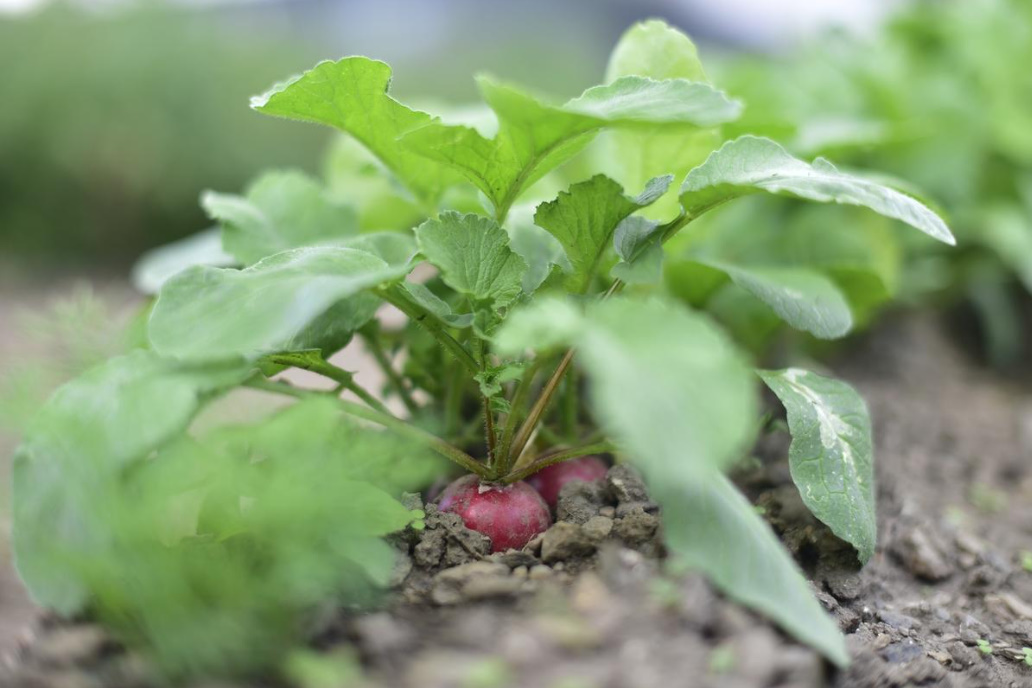
Let’s start with sowing. The bed should be well illuminated by the sun in the morning and evening hours. The hot midday sun is contraindicated for radish, in the full shade it will go into the tops. We sow in the garden one by one (large!) seeds, and to make them better visible, we grind the seeds with chalk.
The seed grooves are pressed into the soil to a depth of 1.5-2 cm, the seeds after sowing are covered with sand and peat (1:1). Sprinkle the bed with sifted wood ash or tobacco dust against leaf blocks and immediately close with a black film, which then during the first 10-12 days we will open in the morning at 8-9 o’clock and close in the evening at 18-19 o’clock.
Radish shoots should have a 10-12-hour light day, that’s the whole secret: the radish loses the incentive to bloom, and the root crops will increase in size. The crop (depending on the variety) ripens 18-25 days after the emergence of seedlings.

June watering of radishes not only moisturizes the soil and the surface layer of air, but also significantly reduces the temperature, which is important so that the vegetable does not splash out shoots, and the root crops are juicy. The second sowing of radishes is usually placed after turnip onions on a feather, dill and other crops (except cruciferous!).
The third term comes in early July. The soil is fertilized with humus at the rate of 10-12 kg / sq. m (fresh manure is not allowed!), dig deep and be sure to water well. Crops are covered with a dense dark film, the shelter regime is the same as in the second term.
The fourth sowing is carried out in the released film greenhouses after the end of the collection of cucumbers, tomatoes, peppers. But at the end of August – beginning of September, the length of the day decreases, and there is no need to cover the crops with a black film, but non-woven fabric already inside the greenhouse will not hurt: radishes in September may not have enough heat.

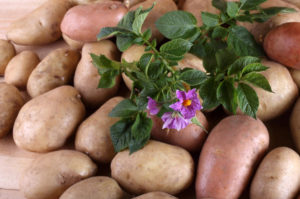
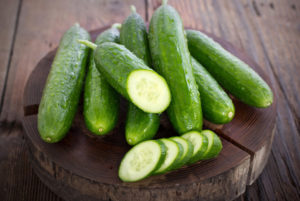

Leave a Reply